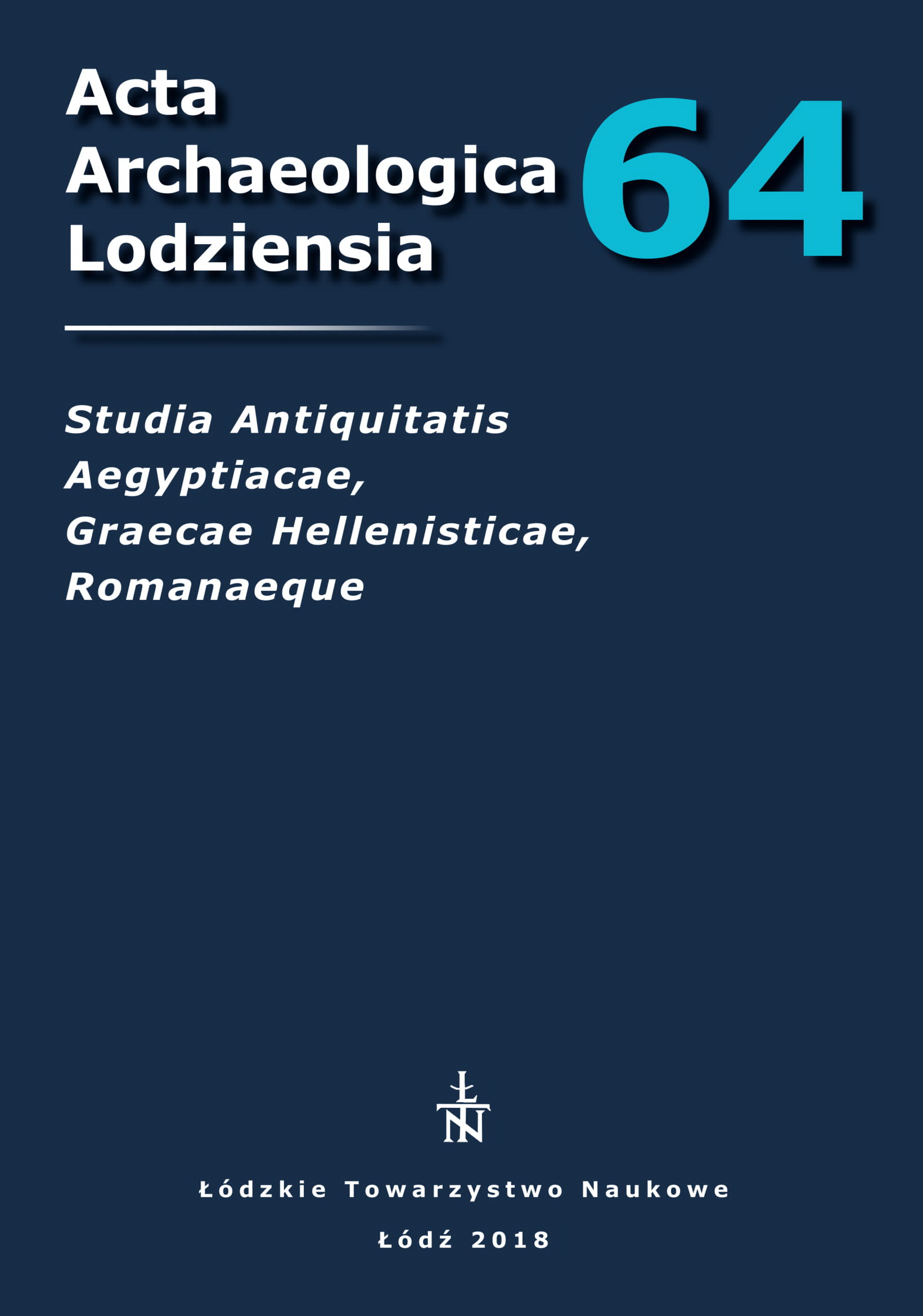Ахеменидский след в Южном Туркменистане (об одной находке с городища Новая Ниса)
An Achaemenid Trace in Southern Turkmenistan (about One Find from the Ancient Urban Settlement of New Nisa)
Keywords:
New Nisa, terracotta fragment, Persepolis, stone reliefs, Achaemenid artAbstract
In the summer of 2015, within the ancient site of New Nisa (Southern Turkmenistan), a local resident found by chance, in a deep gully made as a result of a heavy rain a terracotta fragment consisting of two pieces joining well to each other, which in the entire (glued) form has 16 cm in height and 18 cm in width. On the obverse of the fragment there is a partial image of a warrior – only the head and the uppermost parts of his spear and bow are preserved. He is shown standing against the background of what is a relief grid, the cells of which are rhomboid. Being produced in a special form-mould, this image is characterized by a fuzzy pattern with smoothed edges – the mould seems to have been used many times. This artifact is currently stored in the Museum of Fine Arts of Turkmenistan (Ashgabat) under the accession number СН15/НН15/Т1. The warrior’s representation on this fragment is of the greatest interest: according to its iconographic realities (“fluted” headdress, a set of weaponry, facial features, hairstyle and beard), it practically coincides with the images of Persian guardsmen on the famous stone reliefs of the first half of the 5th century BC from Persepolis. It is to be noted that the picture from New Nisa is absolutely unique: until now, this is the only known one coming from the territory outside the Achaemenid ceremonial capital. Just one feature distinguishes it from the Persepolitan reliefs, viz. the background in the form of the relief grid of rhombuses. It is, in all probability, a variety of geometric ornament that emerged as a decor on painted ceramic vessels in Iran as far back as the Aeneolithic era and continued to exist there in the Bronze Age, as well as later on – during the Early Iron Age, Achaemenid and Hellenistic times (this ornament was definitely used both in Iran proper and in some neighboring regions, such as Partava/Parthia, Marguš/Margiana and Caucasian Iberia). It cannot be ruled out that the product, the fragment of which was found in New Nisa, had been manufactured in a ceramic workshop located somewhere near Persepolis and somehow connected with the royal court. If not all, then some part of its production was intended to be distributed in the other lands of the Achaemenid Empire, including Parthava, in the northern part of which the ancient city known at present under the name of New Nisa was located. The likelihood that the artifact in question is a later fake looks more than doubtful. Its authenticity is indicated, among other considerations, by the availability of multilayer mouldy growths of different tints – from black to greygreen – on the external chips and over the traces of adhesive (?) on the reverse side, which clearly testify to a very long stay of our fragment in the earth. In addition, its greatly fragmented state and (what is most important!) the fact of its discovery within the territory of the ancient urban settlement, and not on the surface at that, but most likely in the thickness of cultural strata, do not permit, in our conviction, to seriously doubt the authenticity of this specimen of Achaemenid art.



